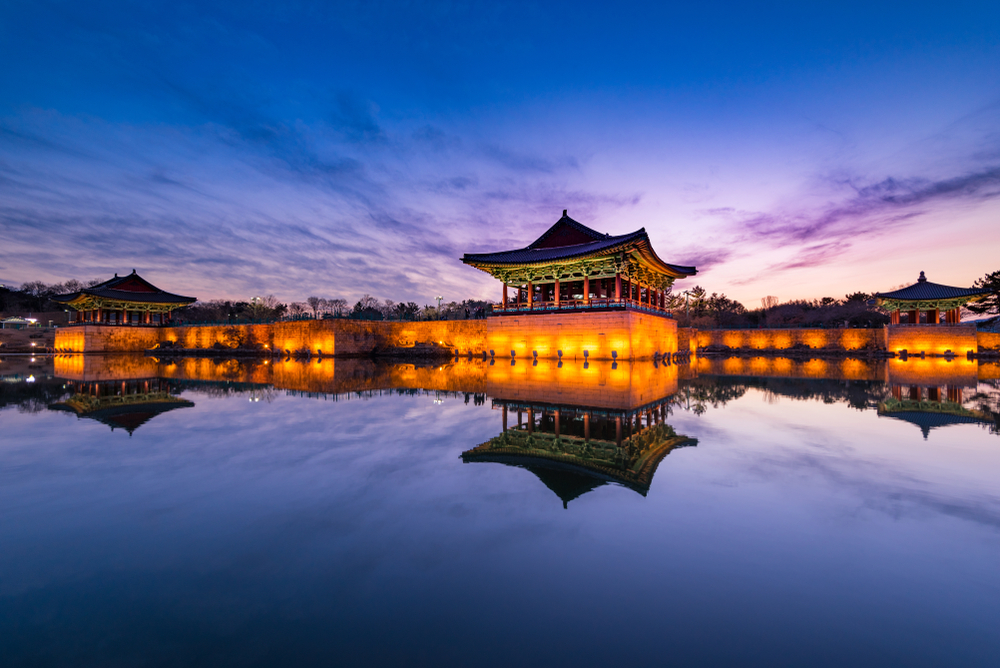Gyeongju Overview
Gyeongju National Park, known as 경주국립공원 (Gyeongju Guknipgongwon) in Korean, is a treasure trove of historical and natural wonders in South Korea. Covering an area of approximately 53 square miles (137 square kilometers), this park is uniquely positioned in the southeastern part of the Korean Peninsula, within Gyeongju City in Gyeongsangbuk-do Province. Established in 1968, it is the only national park in South Korea dedicated to cultural heritage, blending breathtaking landscapes with the remnants of ancient Korea’s Silla Kingdom.
The terrain of Gyeongju National Park is characterized by gentle rolling hills, picturesque valleys, and cultural landscapes interspersed with temples, royal tombs, and ancient ruins. One of the park’s most iconic landmarks is Mount Namsan, a sacred mountain dotted with over a hundred Buddhist relics, including stone pagodas, carvings, and statues. The mountain reaches a height of 1,140 feet (348 meters) and offers panoramic views of the surrounding areas. The park is also home to the serene Anapji Pond, which dates back to the 7th century, and Tumuli Park, where visitors can explore massive burial mounds of Silla royalty. Cheomseongdae, one of the oldest astronomical observatories in Asia, stands as a testament to the scientific achievements of the Silla era.
Gyeongju National Park boasts a rich variety of flora and fauna, reflecting Korea’s temperate climate. The park’s forests are primarily composed of pine and oak trees, along with seasonal wildflowers that bloom vibrantly in spring and autumn. Wildlife in the park includes roe deer, raccoon dogs, and wild boar. Bird enthusiasts may spot species such as the oriental magpie and Eurasian sparrowhawk, while butterflies and other insects thrive during the warmer months. The park’s biodiversity is a subtle yet integral part of its charm.
Popular features of the park include Bulguksa Temple, a UNESCO World Heritage Site celebrated for its exquisite architecture and intricate stonework. Nearby, the Seokguram Grotto houses a majestic granite Buddha statue that gazes serenely out to the East Sea. The park’s walking trails, particularly on Mount Namsan, attract visitors seeking both spiritual solace and scenic beauty. Seasonal festivals, such as the Gyeongju Cherry Blossom Festival in spring, further enhance the park’s appeal.
Visitors can engage with Gyeongju National Park through hiking, cultural tours, and photography. Trails of varying difficulty lead to historical sites, offering a blend of physical activity and cultural immersion. Guided tours provide deeper insights into the historical significance of the park’s landmarks, while local craft and food experiences allow visitors to connect with Korea’s cultural heritage.
The park faces challenges in balancing conservation with tourism, as the preservation of ancient relics requires careful management amidst growing visitor numbers. However, Gyeongju National Park has successfully implemented programs for the restoration of historical sites and the sustainable maintenance of its natural environment. Collaborative efforts between government bodies and local communities have ensured that the park remains a model for cultural and environmental stewardship.










































































